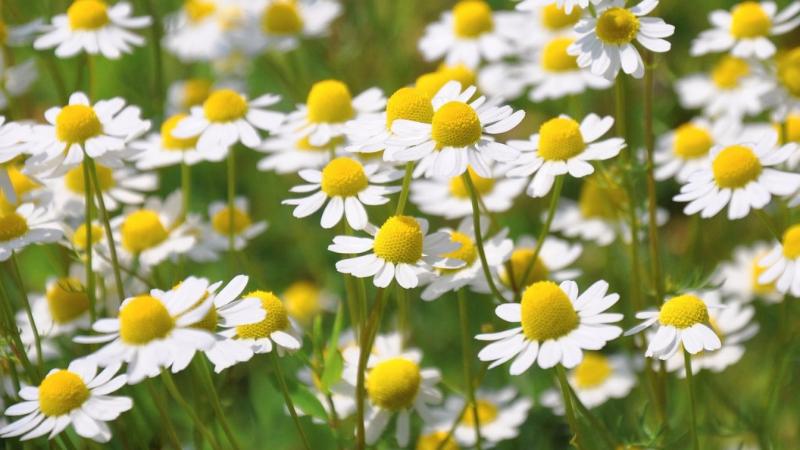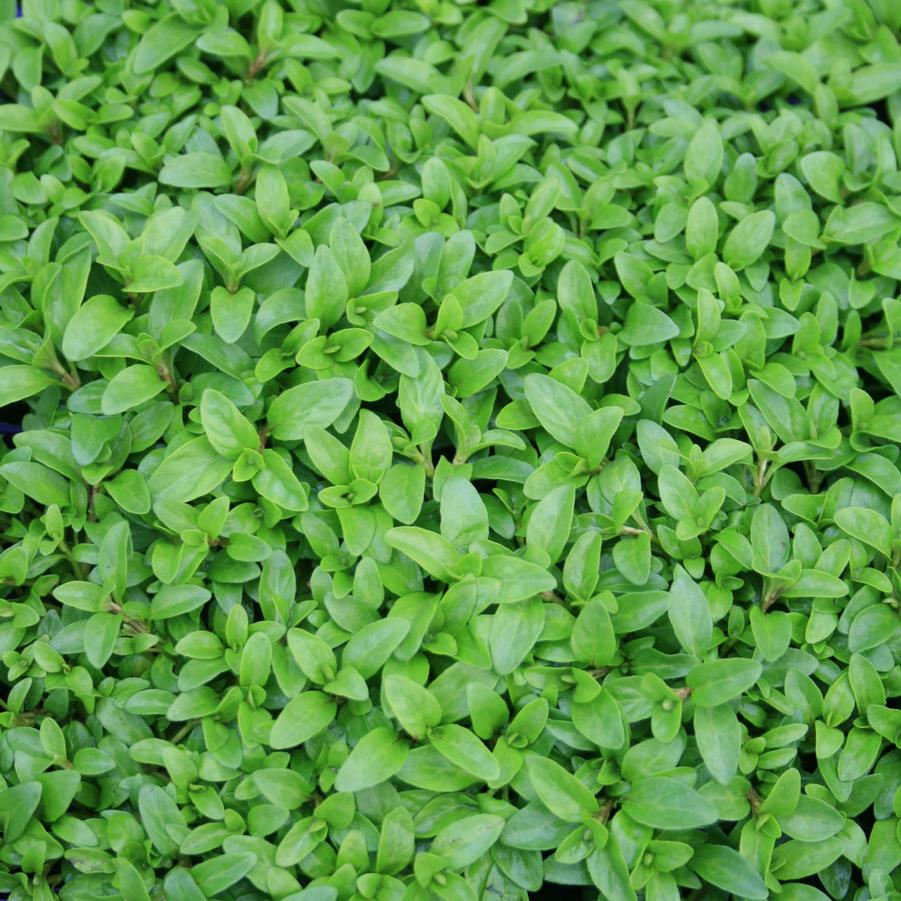
 3
3




“No hour of life is wasted that is spent in the saddle.” Winston Churchill
 2
2




Invasive plants are Earth's way of insisting we notice her medicines. Stephen Herrod Buhner
Everyone learns what works by learning what doesn't work. Stephen Herrod Buhner




 I will check out the link and those threads.
I will check out the link and those threads. 
“No hour of life is wasted that is spent in the saddle.” Winston Churchill
 2
2




 5
5





Permaculture...picking the lock back to Eden since 1978.
Pics of my Forest Garden
 5
5





Permaculture...picking the lock back to Eden since 1978.
Pics of my Forest Garden
 3
3








sam na wrote:You might like this grass free research https://www.grassfreelawns.co.uk/gallery.html

“No hour of life is wasted that is spent in the saddle.” Winston Churchill




Greg Martin wrote:Supposedly mints can repel ticks as well. I'm searching online right now for one that is short and can handle foot traffic. Anyone know a good candidate?
update: supposedly the dwarf pennyroyal 'Nana' spreads well, takes moderate foot traffic and grows 1-4" tall, forming a tight groundcover. Pennyroyal is also said to repel fleas and ticks. May be worth experimenting with.

“No hour of life is wasted that is spent in the saddle.” Winston Churchill
 1
1




R. Steele wrote:Hi Adrienne,
The only thing I know of that can handle that type of foot traffic, requires less water then grass, creates its own nitrogen to stay green, is a good food source for native wildlife, and also creates good pollinator and beneficial-insects habitat, is white clover. I threw those extra benefits in, just to exemplify the permaculture aspect ; ) Though I wouldn’t plant just your basic Dutch white clover, as it can get too tall, sometimes over 12 inches. I would plant a dwarf version of white clover spacifically breed for drought resistance, and use in lawns. I can't think of the spacific cultivare name off hand, but im sure if your interested in it, you could do a search and find a variety that will suit your needs well. As I belive the spacific varietie I'm thinking of is short enough you won't have to mow it hardly ever. The differnt developed cultivars of white clover, have different maximum growth heights, so you'll want a short one, somewhere around 3 to 4 inches tall. So you'll maybe just have to edge and mow the area quarterly, to keep it from creeping over sidewalks, and looking tidy. Thats the lowest maintenance solution I can think of, besides wood chips, as other plantings don't do well under heavy foot traffic, plus they need nitrogen fertalizer, and would typically require more time involved maintenance per square foot. Just make sure your white clover seed is inoculated with the appropriate rizobium species, so you can benefit from its ability to fix its own nitrogen. The seed dealer should be able to let you know about seed inoculation. You may need to add a little lime to the planting area, one time yearly, depending on your soil type, but that about covers the maintenance. So I'm guessing depending on yard size, no more then 5 hours of maintenance per year after the initial instalation and establishment, and thats if it's a big yard.
Hope that helps!
 I think this would work really well, I'll look into it and find a supplier.
I think this would work really well, I'll look into it and find a supplier.
“No hour of life is wasted that is spent in the saddle.” Winston Churchill
 2
2





 5
5




QuickBooks set up and Bookkeeping for Small Businesses and Farms - jocelyncampbell.com
 3
3




 1
1




Jocelyn Campbell wrote:Tick repelling is a great idea, yet I'd recommend using caution with pennyroyal around kids. It's a strong medicinal herb (known for being used as an abortifacient).
“No hour of life is wasted that is spent in the saddle.” Winston Churchill
 2
2




Nicole Alderman wrote:I'm thinking that one of the lower growing mints would work find in a lawn--even a taller one would. I trim my mints a lot, and they grow back fast. My ducks love to lay on top of my Orange Mint, and that plant sure doesn't seem to care.
I'd try one of the edible mints instead, so there's no worry of kids ingesting something dangerous.
Now I really want chamomile in my lawn, and don't feel so bad about the chances of my mint spreading to my lawn. Less ticks is a good thing!
 I'm going to add it to the seed mix I want to plant.
I'm going to add it to the seed mix I want to plant. 
“No hour of life is wasted that is spent in the saddle.” Winston Churchill
 2
2






 1
1




Elizabeth Frp wrote:Hi OP, what did you end up finding most successful for holding up in the end? I’m planning to do the same with our playset! Thank you
I choose...to be the best me I can be, to be the strongest me I can be, to learn the most I can. I don't know what comes next. But I'm gonna go into it balls to the walls, flames in my hair, and full speed ahead.

 2
2




Some places need to be wild

|
expectation is the root of all heartache - shakespeare. tiny ad:
The new kickstarter is now live!
https://www.kickstarter.com/projects/paulwheaton/garden-cards
|





